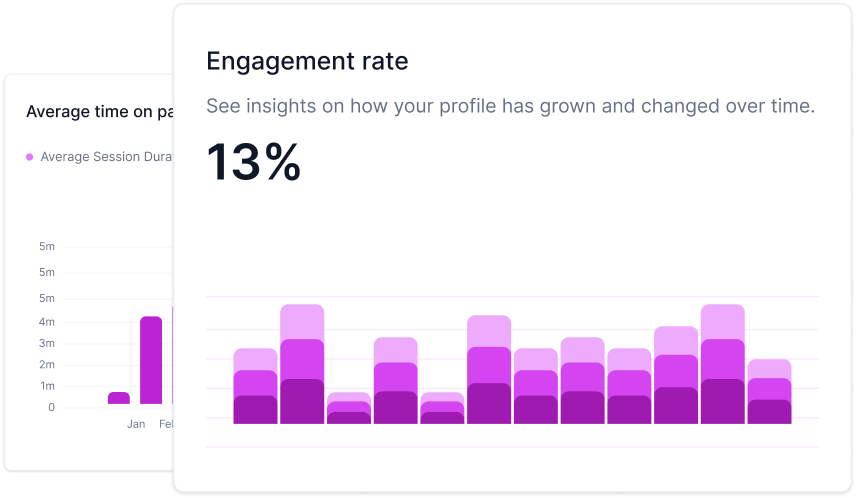A marketing funnel, often called a sales funnel, is a visual representation of the stages a potential customer goes through in their journey, from initial awareness of a product or service to making a purchase. It typically consists of stages such as awareness, interest, consideration, and conversion, with the goal of guiding leads through each phase towards a final sale.
In the world of marketing, understanding your customers' journey is pivotal for success. The marketing funnel, often known as a sales funnel, is a vital concept that can help you guide potential customers from initial awareness to purchasing. In this article, we'll explore the marketing funnel, answering three essential questions that can empower your marketing efforts.
What is a Marketing Funnel, and How Does It Work?
A marketing funnel is a visual representation of the stages a potential customer goes through before making a purchase. It's called a "funnel" because, like the shape of one, it narrows down as prospects move from initial contact to becoming customers. The primary stages of a typical marketing funnel include:
- Awareness: At the widest part of the funnel, potential customers become aware of your brand, product, or service. This is often achieved through advertising, content marketing, and social media.
- Interest: In this stage, prospects express an interest in your offerings. They might sign up for your newsletter, follow you on social media, or engage with your content.
- Consideration: At this point, potential customers are actively considering your product or service. They might compare options, read reviews, and evaluate your value proposition.
- Conversion: The narrowest part of the funnel is where leads become customers. They make a purchase, sign up for your service, or take another desired action.
- Retention and Advocacy: Post-purchase, you aim to retain these customers and turn them into advocates who refer others. This stage can sometimes extend to loyalty programs and repeat purchases.
How Can I Create and Tailor a Marketing Funnel for My Business or Specific Campaign?
Creating and tailoring a marketing funnel is a strategic process that can be customized for your business or campaign. Here are the essential steps:
- Know Your Audience: Understand your target audience's needs, preferences, and behaviors. This knowledge will guide your funnel's content and approach.
- Content Creation: Develop content that aligns with each funnel stage. For the awareness stage, it might be blog posts or social media content. For the consideration stage, it could be in-depth guides or product comparisons.
- Lead Magnets: Offer incentives like eBooks, webinars, or exclusive discounts to capture leads' contact information, moving them from the awareness to the interest stage.
- Email Marketing: Nurture leads through email campaigns. Provide value, educate, and gradually move them through the funnel by showcasing how your product or service addresses their needs.
- Sales Funnel Tools: Utilize marketing automation software like HubSpot, Mailchimp, or ConvertKit to manage leads, automate email sequences, and track their progress through the funnel.
What Are the Key Metrics and Strategies for Optimizing a Marketing Funnel to Improve Lead Conversion and Customer Acquisition?
Optimizing your marketing funnel is essential to boost lead conversion and customer acquisition. Here are some key metrics and strategies:
- Conversion Rate: Measure the percentage of leads who move from one funnel stage to the next. A rising conversion rate is a clear sign of success.
- Customer Acquisition Cost (CAC): Calculate how much it costs to acquire a customer. This metric helps ensure that your marketing efforts are cost-effective.
- Customer Lifetime Value (CLV): Evaluate the long-term value a customer brings to your business. A higher CLV justifies investing more in customer acquisition.
- A/B Testing: Continuously test different elements of your funnel, such as email subject lines, landing page design, and calls to action. A/B testing helps identify what resonates best with your audience.
- Remarketing: Implement retargeting campaigns to re-engage leads who didn't convert initially. Remind them of your product or service's value and bring them back into the funnel.
In conclusion, the marketing funnel is a critical framework for understanding and guiding your customers' journey. By creating a tailored funnel, focusing on key metrics, and employing optimization strategies, you can drive lead conversion and customer acquisition, ultimately boosting the success of your marketing efforts.

